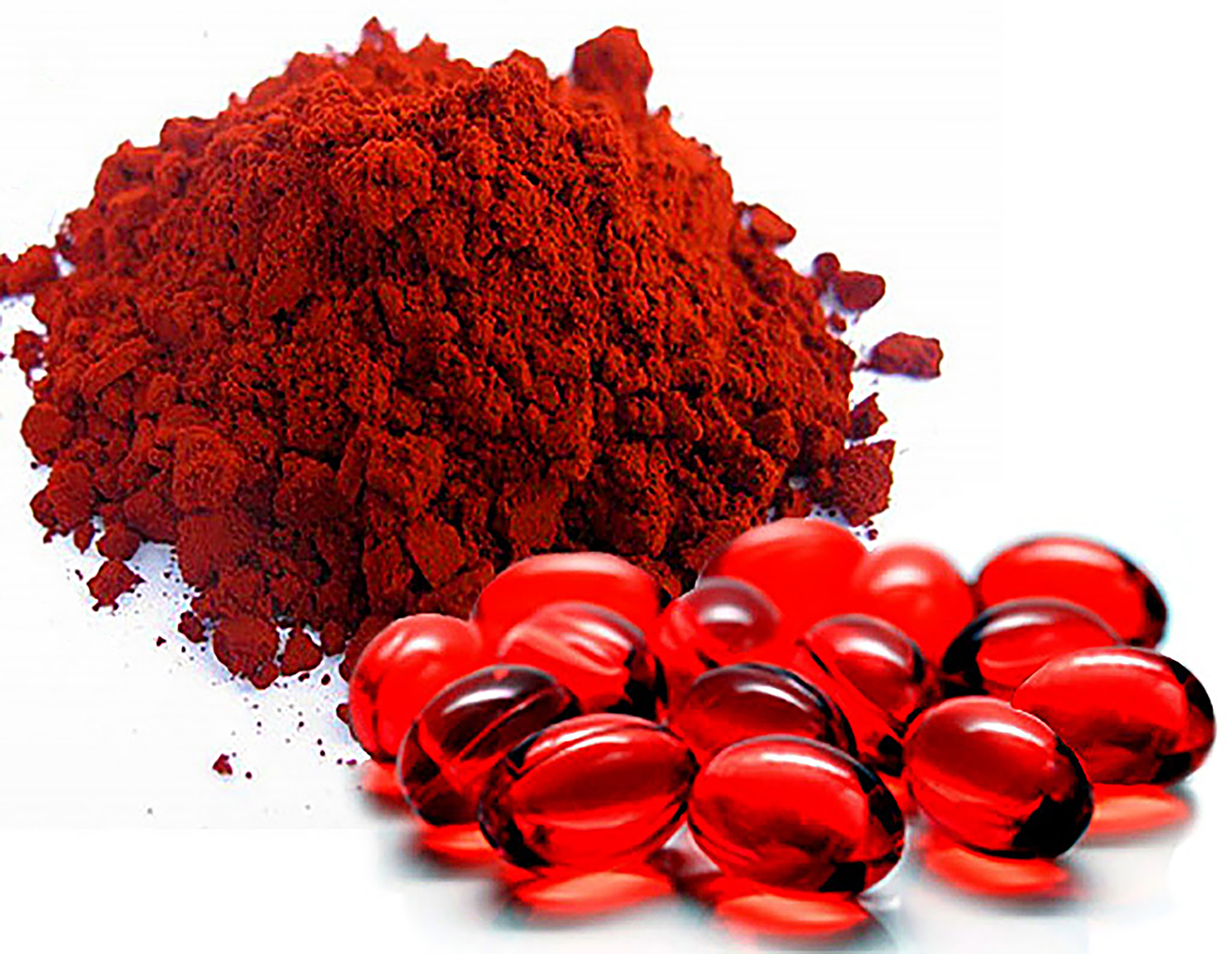Astaxanthin may be still unknown in some health circles, but different investigations show it can be accounted as the most powerful antioxidant ever discovered. It is a substance derived from the Haematococcus pluvialis, a species of microalgae that relies on astaxanthin to protect itself from ultraviolet radiation and many types of cell stressors.
Here is some fantastic information summarized from astaxanthin.co.nz. The benefits of astaxanthin in the human body have been described in a wide array of organs: the brain, lungs, heart, eyes, and even to avoid the appearance of expression wrinkles. This substance is part of the beta-carotene family. However, it does not convert into vitamin A which is toxic when consumed in large quantities. Additionally, its antioxidant properties are 550 times higher than Vitamin E and around 6000 times greater than Vitamin C.
Antioxidants work by neutralizing harmful substances called free radicals. These substances are unstable chemicals that run throughout the body stealing electrons from tissues and cell structures to stabilize themselves. When they take electrons from these structures, they cause different types of alterations in the tissues affected: it can be wrinkles, making the skin look older; or DNA modifications, causing mutations and eventually cancer.
Every antioxidant donates electrons to the free radicals. By doing this, they stop free radicals from stealing them and altering cell structures. However, astaxanthin has a higher potency because it doesn’t wear down at a molecular level as many other antioxidants do. One astaxanthin molecule has a massive amount of electrons to donate and neutralizes many more free radicals than Vitamin E and C. Additionally, it is not broken down by our own body, like many other antioxidants, thus lasting longer and providing more protection.
There are different types of molecules: some of them are soluble in water, others are soluble in fat. However, astaxanthin is between those two opposite sides and protects both water-soluble and fat-soluble molecules and structures. It will not float aimlessly in the bloodstream, but rather integrate into cellular membranes and protect cells from inside out. There is a small structure inside the cells called mitochondria, they regulate the energy and constitute a key factor in aging. Not every type of antioxidant protects the mitochondria, but astaxanthin is capable of attaching to its membrane, slow down the aging process and ensure the energy for vital organs like the heart and brain.
Astaxanthin is a safe molecule, and many studies have confirmed this claim. Even a very high dose creates the only side effect of developing a discreet reddening of the skin. This is similar to what happens when people eat a lot of carrots or any other source of carotenoids. The component can be used to protect from ultraviolet damage and increases the skin elasticity and moisture.
Since astaxanthin crosses the blood-brain barrier, it also has neuroprotective effects. It has a significant therapeutic benefit to fight Alzheimer’s disease and dementia, and age-related forgetfulness because it reduces the accumulation of a brain marker for dementia called phospholipid hydroperoxide (PLOOH). It also crosses the blood-retinal barrier, providing antioxidant protection to the eye structures and protecting against inflammatory eye diseases, cataracts, glaucoma, age-related macular degeneration, and many others.
Similarly, astaxanthin has a significant role in cardiovascular disease and has proven anticancer effects. It has been described to show great promise as a chemotherapeutic agent according to a study published in 2015. In summary, astaxanthin provides an integrative antioxidant potency, it is a powerful agent when compared to other options, and remains absolutely safe to use.

